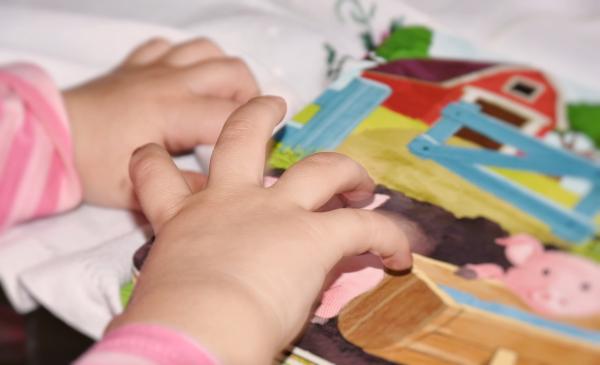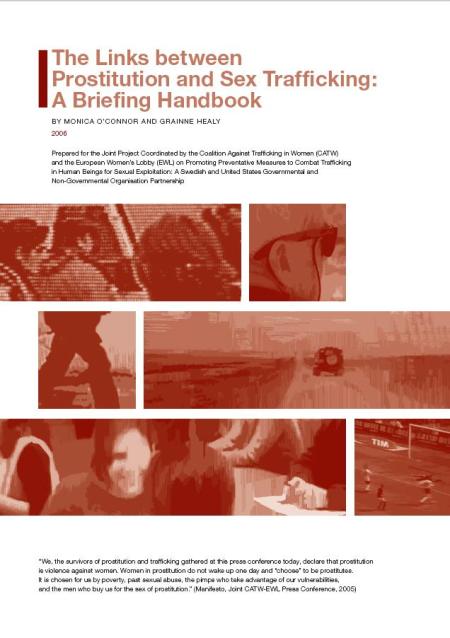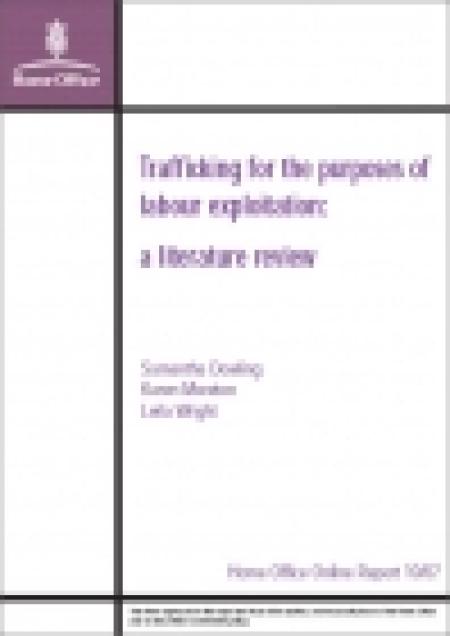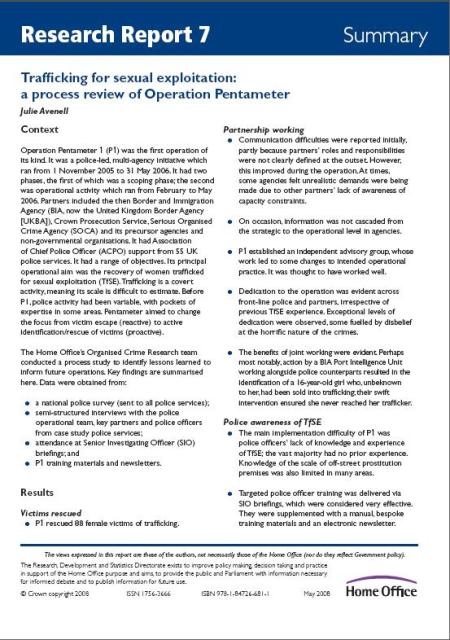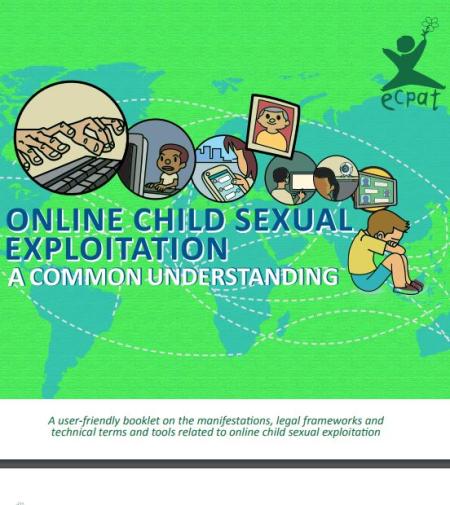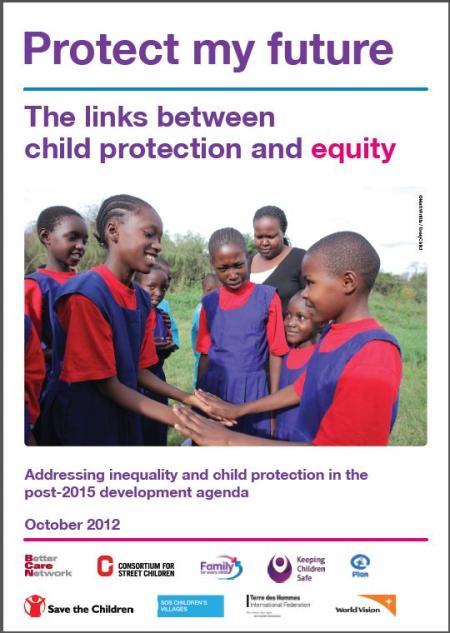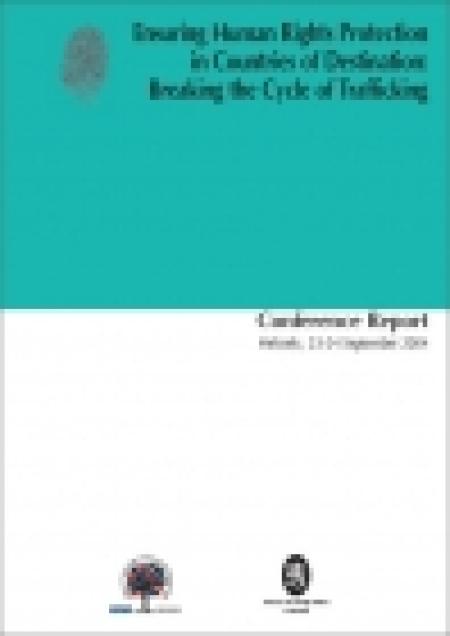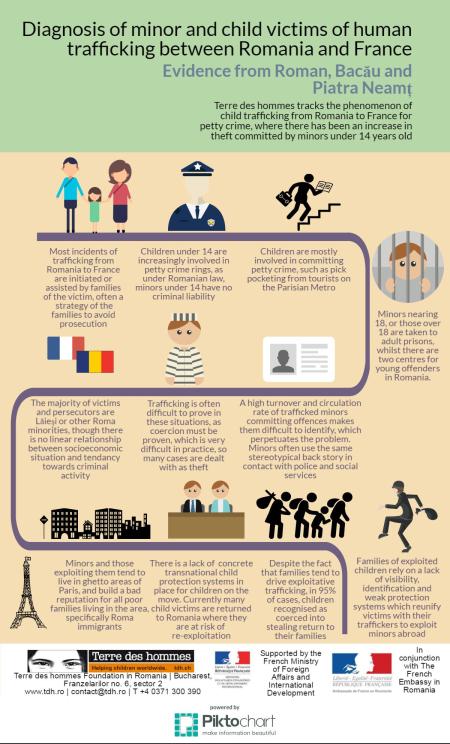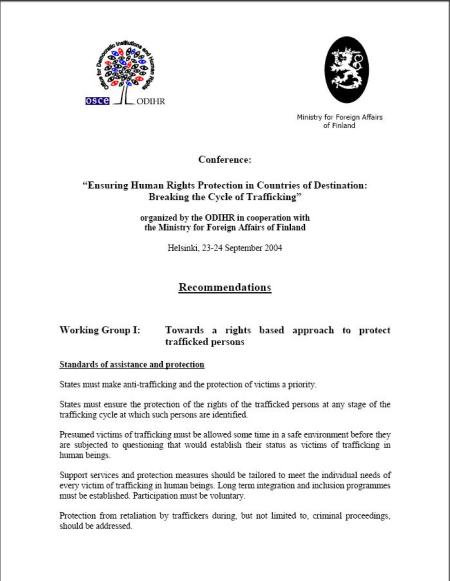
While it's indisputable that children need to grow up with safe, loving families, 1.4 million children worldwide live in institutions that neglect their rights and needs (80% are non-orphans), and nearly 10 million children live in modern slavery, facing human trafficking and various forms of exploitation. Even children who have not been physically trafficked can be victims if they are recruited, or received or ‘harboured’ in order to be exploited.
The Global Thematic Review, conducted by Lumos between July 2019 and November 2020, examines the link between the institutionalization of children and human trafficking. The research highlights ‘institution-related trafficking’: all manifestations of trafficking in the context of institutional care for children. It points to a variety of laws and policies that protect a child’s right to grow up in a family environment, and prohibit trafficking and exploitation of children in all its forms. It also underlines the fact that institutional care can be considered both a cause and an outcome of human trafficking. Moreover, considering the insufficient legal recognition of financial exploitation, Lumos worked with Professor Parosha Chandran to develop a Model Law on Institutional Childcare Trafficking for the Purpose of Financial Exploitation.
The research findings identify four cycles in which institutional care and human trafficking are linked:
- Orphanage trafficking: Children are recruited into residential care institutions with poor living conditions for the purpose of profit and exploitation when other children are manufactured into orphans with forged identity documents (‘paper orphaning’ phenomenon). Orphanage trafficking also consists of children being coached to pose as orphans in the presence of volunteers and visitors, sexual abuse by volunteers or visitors, forced labour, performing shows or making gifts for visitors, and lack of long-term stable carers. This type of trafficking is more prevalent in countries where orphanages are established in key tourist areas (e.g. Cambodia).
- Trafficking of children out of institutions: Children are trafficked out of institutions into other forms of exploitation including sexual abuse, forced labour, forced criminality and illegal adoption process. Traffickers often take advantage of the child’s desire to run away and need for emotional attachments to others.
- Institutionalization of child trafficking victims: Child victims of trafficking are regularly placed in institutions or shelters because they are not recognized as victims or there seems to be no viable alternative.
- Care leavers are particularly at risk of becoming victims of trafficking: The fact that the care leavers face a lack of food or shelter, and encounter difficulties in meeting the conditions to qualify for social assistance, leads to an increased risk of trafficking and exploitation.
According to the key findings, children in institutions are more likely to be victims of trafficking compared to the overall child population, and trafficking into and out of institutions is considered an alarming global phenomenon. Although there is a variety of social, cultural, economic and environmental risk factors and drivers that occur across all four cycles of trafficking (such as gender, disability, abuse and neglect, poverty, armed conflict and community violence etc.), this research focuses on three specific vulnerabilities:
- Funding: Lack of official oversight of funding management can easily lead to misallocation, giving individuals and criminal groups the chance to profit from the establishment of bogus orphanages and degrade national efforts to create a child protection care system.
- Orphanage volunteering and tourism: Orphanage voluntarism unnecessarily separates children from their families, increases institutionalization and creates opportunities for traffickers to recruit children to feed this business model.
- Unaccompanied migrant and refugee children: Migrant and refugee children face exploitation and trafficking during their journey. After arriving in their host country, many of them face trafficking into institutions, shelters or detention centres.
Key recommendations:
- Implement care reform: Ensure family and community-based care, and engage care-experienced children in care reform.
- Adopt the Model Law on institution-related child trafficking for the purpose of financial exploitation.
- Data collection and monitoring: record institution-related trafficking cases and create national referral mechanisms.
- Provide training for professionals and issue practical guidance.
- Ensure child-centric, integrated, individualized and trauma-informed support for children in care and victims of trafficking.
- Outlaw the practise of volunteering in care institutions.
- Private funders should not support the institutionalization of children, should ensure that projects are not engaged in the trafficking of children, and that projects link into a long-term vision and strategy of care transformation.



